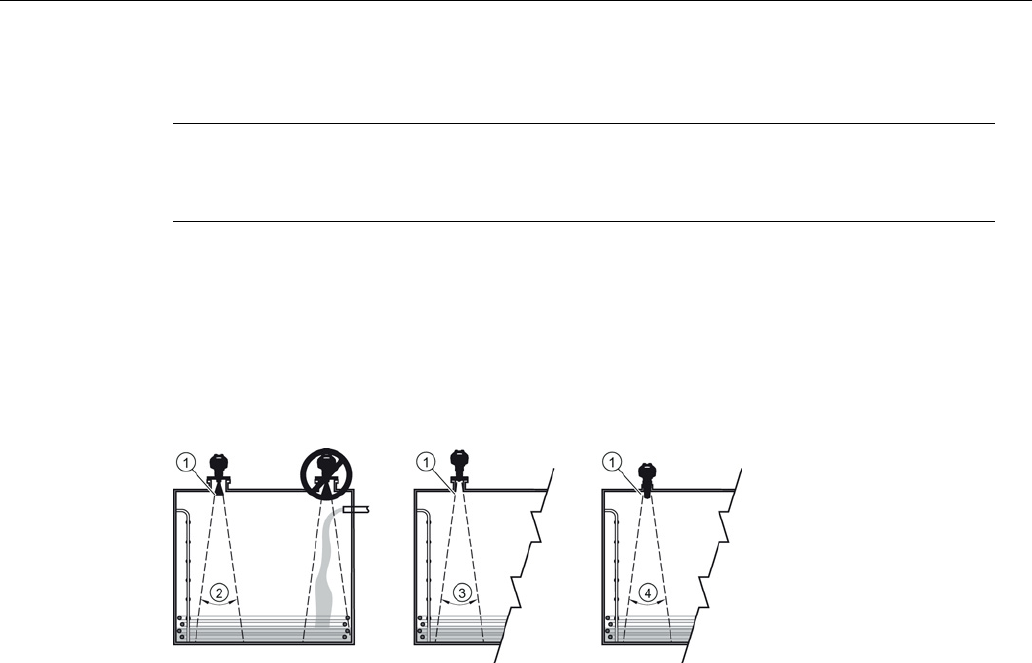User's Manual
Table Of Contents
- SITRANS LR250 (PROFIBUS PA)
- Legal information
- Table of contents
- 1 Introduction
- 2 Safety notes
- 3 Description
- 4 Installing/mounting
- 5 Connecting
- 6 Commissioning
- 7 Remote operation
- 8 Parameter reference
- 9 Service and maintenance
- 10 Diagnosing and troubleshooting
- 11 Technical data
- 12 Dimension drawings
- 12.1 Threaded horn antenna
- 12.2 Threaded horn antenna with extension
- 12.3 Flanged horn antenna
- 12.4 Flanged horn antenna with extension
- 12.5 Flanged encapsulated antenna (2"/DN50/50A sizes only)
- 12.6 Flanged encapsulated antenna (3"/DN80/80A sizes and larger)
- 12.7 Threaded PVDF antenna
- 12.8 Threaded connection markings
- 12.9 Raised-Face flange per EN 1092-1 for flanged horn antenna
- 12.10 Raised-Face flange per EN 1092-1 for flanged encapsulated antenna
- 12.11 Flat-Face flange
- 12.12 Process connection tag (pressure rated versions)
- A Appendix A: Technical reference
- B Appendix B: PROFIBUS PA profile structure
- C Appendix C: Communications via PROFIBUS
- D Appendix D: Certificates and Support
- 13 List of abbreviations
- 14 LCD menu structure
- Glossary
- Index

Installing/mounting
4.2 Mounting location
SITRANS LR250 (PROFIBUS PA)
Operating Instructions, 01/2014, A5E32221386-AB
19
Beam angle
Note
•
Beam width depends on antenna size: see below.
•
For details on avoiding false echoes, see Auto False Echo Suppression (Page 207).
● Beam angle is the width of the cone where the energy density is half of the peak energy
density.
● The peak energy density is directly in front of and in line with the antenna.
● There is a signal transmitted outside the beam angle, therefore false targets may be
detected.
①
Emission cone
Size
Beam angle
②
Horn
1.5"
19°
2"
15°
3"
10°
4"
8°
③
Flanged encapsulated
2"/DN50/50A
12.8°
3"/DN80/80A
9.6°
4"/DN100/100A
9.6°
6"/DN150/150A
9.6°
④
Threaded PVDF
19°
Emission cone
● Keep emission cone free of interference from ladders, pipes, I-beams, or filling streams.










